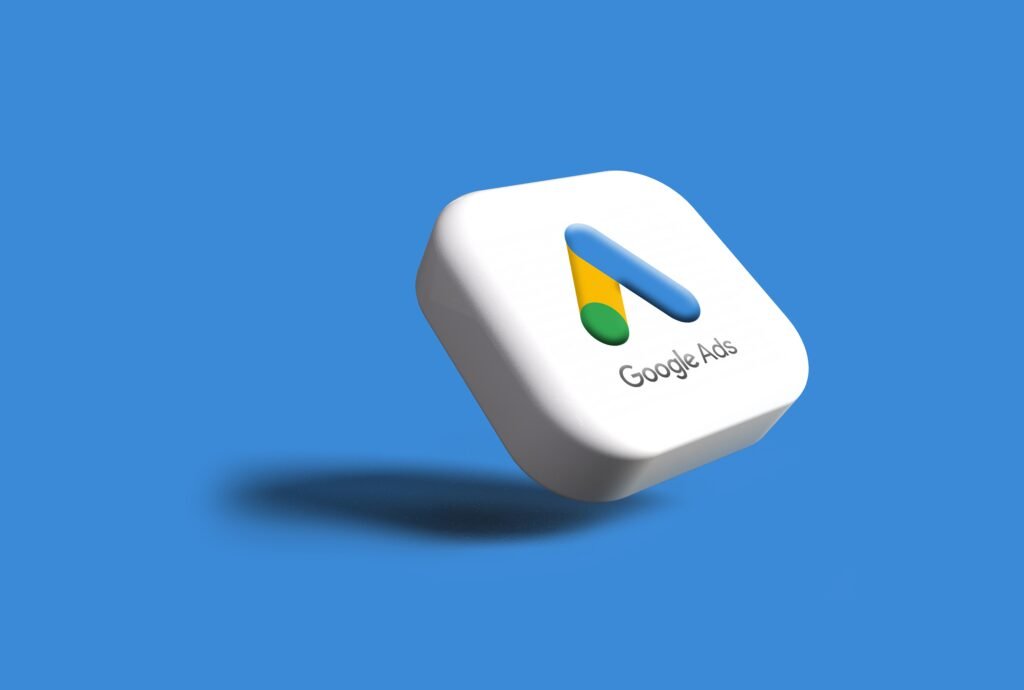Five Tips To Enhance Your Google Ads

Google Ads is a potent weapon that helps push your business into the world of high traffic and conversions. Nevertheless, the potential of this digital marketing approach needs to be fully utilized through the strategies that are carefully outlined and then translated into actual implementations. Furthermore, below are five tips to optimize your Google Ads campaigns, thus maximizing the value of your money in advertising and the ROAS.
1. Conduct Thorough Keyword Research
Keyword research is the cornerstone of success. Therefore, identifying the ideal keywords will contribute to your ads being seen by potential customers or target audiences who are currently in the process of searching for your products or services. As a result, having the right keywords will offer better visibility to your site and increase the probability of conversion.
However, it is crucial to understand how the keywords work. This is why, before targeting those keywords, ensure that they have a good search volume and a growing trend. There are several factors that can affect performance, such as search volume, competition, and the quality of competition; hence, make sure to take advantage of the different tools to help your research, for instance, Google Keyword Planner, SEMrush, and Ahrefs.
Tip: Focus on long-tail keywords that are more specific and less competitive. They often have higher conversion rates because they capture users with clear intent.
2. Write Compelling Ad Copy
Proper and efficient ad copy can be the difference between a successful click acquisition and a conversion that will bring your business greater profitability. Clear word choice, pacing, and placement of call-to-action (CTA) should be the three things a text ad needs to accomplish to become as engaging as possible.
Choose the main benefits of the product you want to advertise, be it unique selling points (USPs), special promotions, or other incentives to boost the visibility of your ad. Additionally, try to be specific and clear; the copy should be concise and transparent so the audience can rely on the brand, product, or service. As a result, this can help to increase your CTR and conversion rate.
Here are some additional tips: Sitelinks are effective ways to provide additional details and optimize ad visibility, as well as other types of extensions. For instance, site links, callouts, and structured snippets can hike the click-through rate (CTR) of your ad.
3. Optimize Your Landing Pages
A landing page that can move the ad clicks to customers is very important. Make sure your landing page is optimized for the ad, speed it up, and make user navigation extremely smooth. It must have a strong CTA, be mobile accessible, and have trust icons such as customer reviews and security badges.
Having an optimized landing page for Google ads or any other digital ad platform will increase the probability of conversion, enhance the CTR and conversion rate, and offer a better user experience, which can also contribute to strong customer retention, better engagement, and reduce landing page abandonment.
Here are additional recommendations for your landing page optimization: Carry out an A/B test in order to figure out which elements of the landing page are the best-performing ones. Try a different set of titles, images, CTAs, and encodings to find the most efficient combination.
4. Monitor and Adjust Your Bids
Google Ads offers different bidding strategies. However, they may offer different results. Therefore, it is essential to understand them and make sure to choose the right bidding strategy. The most common is using the CPC bidding strategy. Hence, it is crucial to regularly adjust the bidding and keep a careful eye on the outcomes and behaviors. Additionally, automated bidding strategies can be used to optimize specific goals like maximizing clicks, conversions, or return on ad spend.
Here is an additional tip: When you are looking at your Quality Score, you might feel like it is interfering with your ad rank and cost-per-click (CPC). Therefore, ensuring that the landing page and the keywords are highly relevant to what the service or product is offering.
5. Analyze and Optimize Performance
Remember that working on Google Ads campaigns doesn’t end with merely launching them and leaving them be. You should be continuously reviewing and optimizing the campaigns. On Google Ads, monitoring essential metrics such as CTR, conversion rates, CPC, and CPA is a piece of cake, all thanks to built-in analytics. Therefore, understand which advertisements and keywords are doing very well and amplify them by allocating the budget to the top campaigns and keywords.
Furthermore, it is crucial to keep track of performance and behavior. Thus, decisions can be made based on the data, but the trends and benchmarks for the industry desired to target must also be kept in mind.
Here are some additional suggestions: Ensure that relevant events and key events are set up in Google Ads or GA4 to measure the actions users take after clicking your ads. This data is crucial for understanding the effectiveness of your campaigns and making data-driven decisions.
Conclusion
Understanding your business, market, competitor, and industry is a must before running ads on Google or any other digital platform. This should be the first step for any marketer, thus saving time and optimizing your budget and ad performance.
Moreover, Google is a powerful tool, but it can be a big world, and it is constantly changing. Therefore, there will never be a right or wrong answer many times; the best option is to test because Google Ads may fluctuate too often as well. Make sure you know everything about your business, including your primary target audience and keywords.
Lastly, if you are unsure about anything on the digital ads process or issues, reaching out to platform support or your digital marketing agency nearby is recommended.



